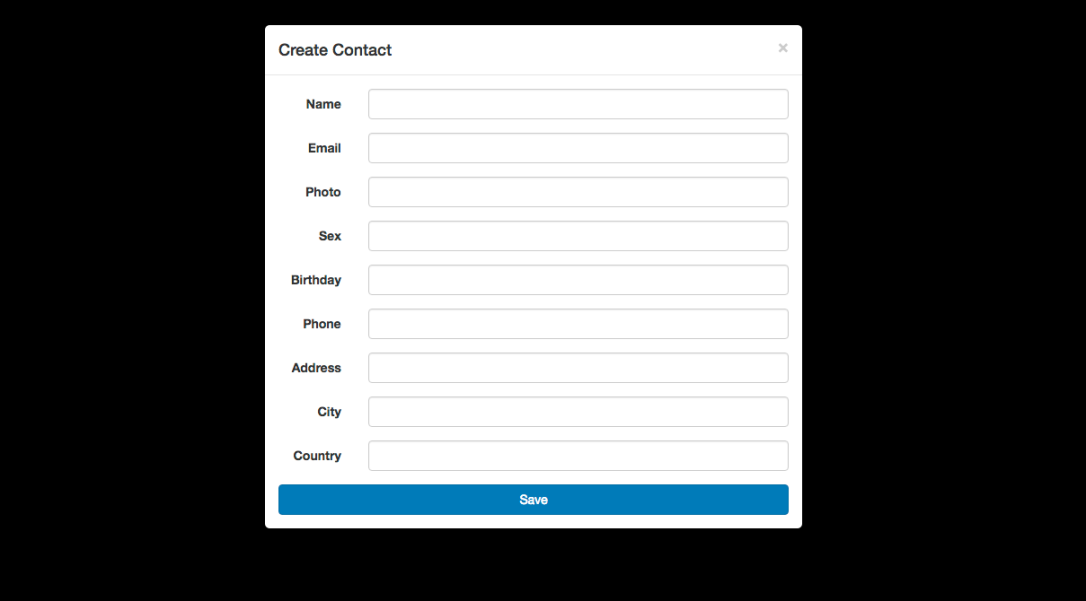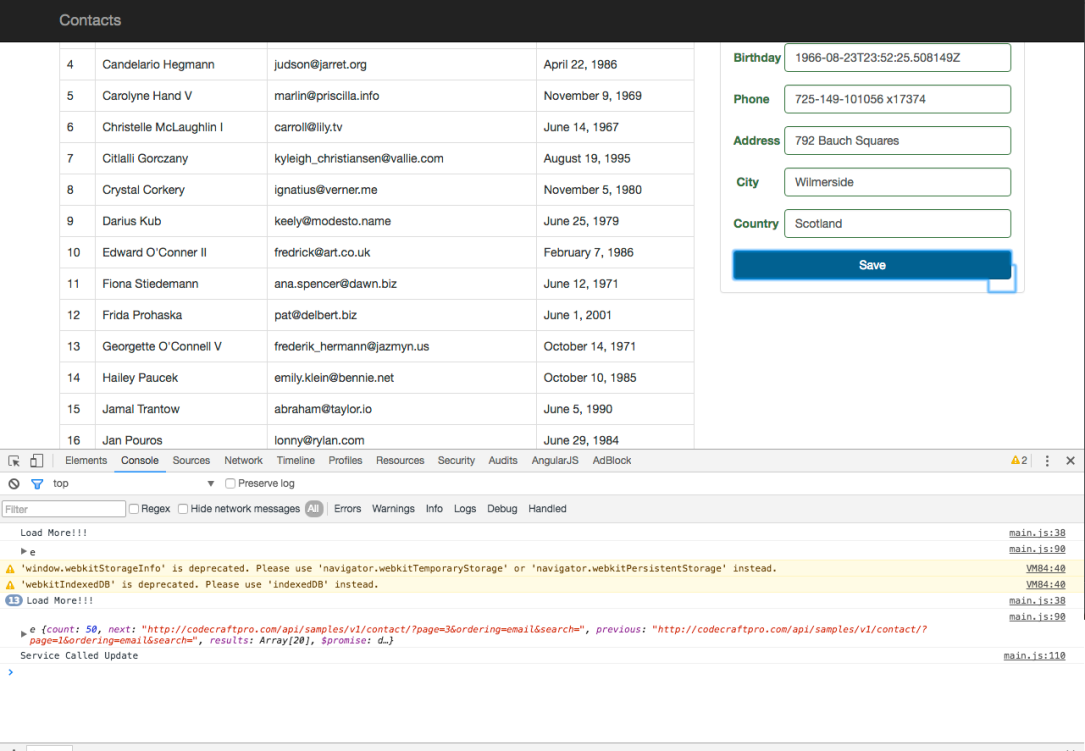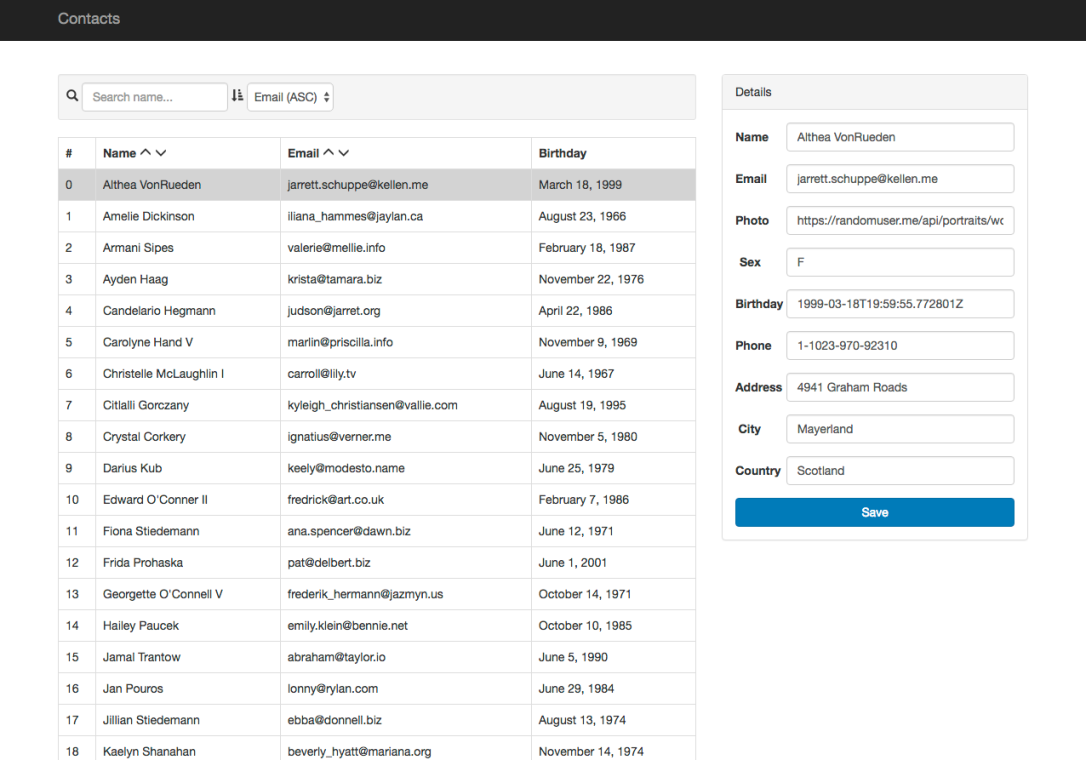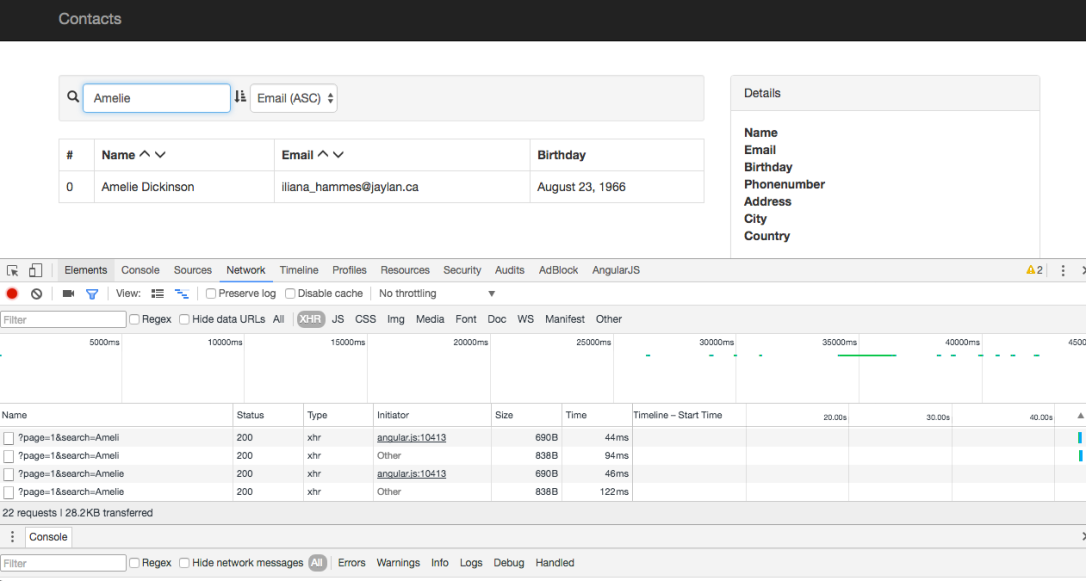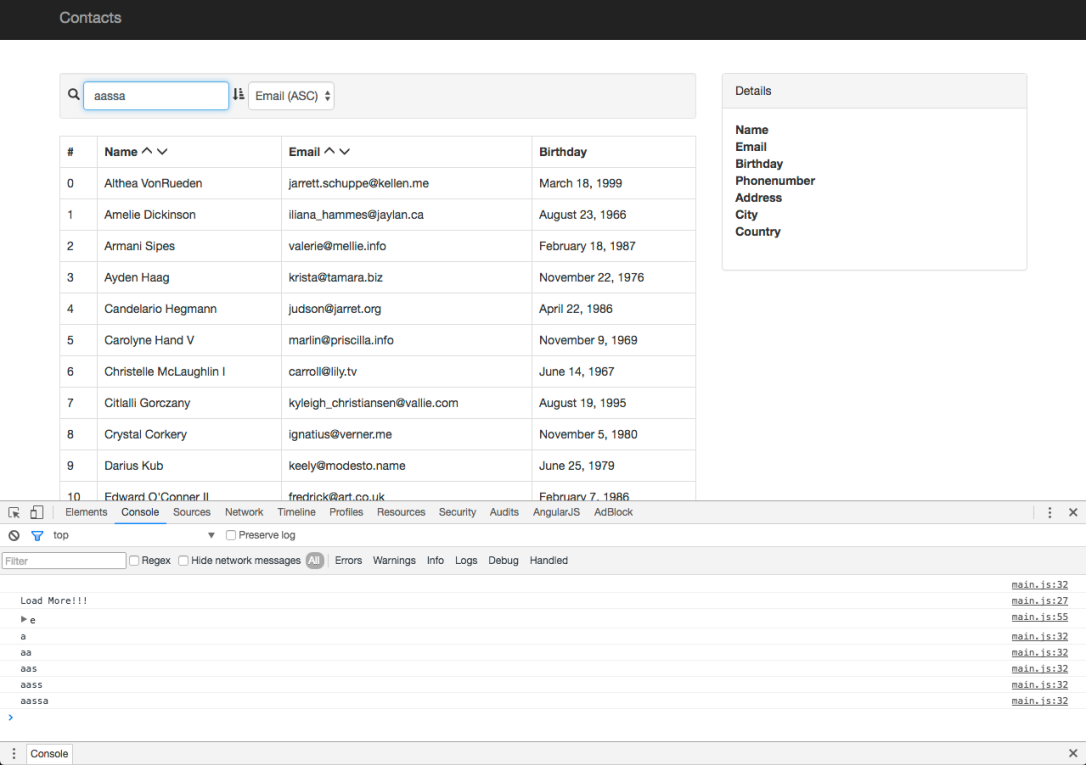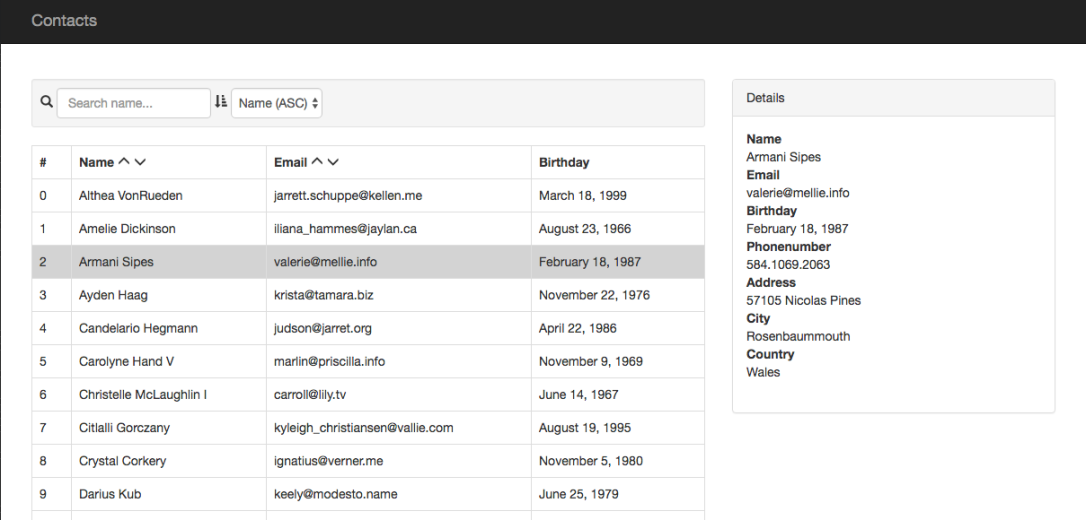Here I’m sitting at coffeeshop late afternoon brushing few of core Linux concepts. All of sudden somehow my mind took me to read new content in hacker news. Its always like a celebration going through content in hackernews “USEFUL STUFF”. There I saw GNU Software foundation listed its 2017 free softwares, I found a phone operating system powering nexus and few samsung phones. In addition, one thing catched my eye which is Intelligent Personal Assistant i,e Mimic. A free software which converts your text to speech right from the terminal.
Here are the steps to install :-
Mine is a Mac, if your OS is any of Debian machines you should be fine no more issues.
git clone https://github.com/MycroftAI/mimic.gitbrew install pkg-config portaudiocd mimic && ./configure && makeTo Test :-
Say something:
./bin/mimic -t "Hello. Doctor. Name. Continue. Yesterday. Tomorrow."List internal voices:
./bin/mimic -lvSet voice(internal):
./bin/mimic -t "Hello" -voice sltSet voice(file):
./bin/mimic -t "Hello" -voice voices/cmu_us_slt.flitevoxSet voice(url):
./bin/mimic -t "Hello" -voice voices/http://www.festvox.org/flite/packed/flite-2.0/voices/cmu_us_ksp.flitevoxPrint mimic help info:
./bin/mimic -h